Your Gardening Guide to Grow and Care for Foxgloves
Foxgloves are a pretty addition to cottage gardens, but how much do you know about them? In this guide, I’ll answer the most common questions about growing and caring for foxgloves so you will know how to care for your own plants.
With their tall stalks and clusters of tubular flowers, foxgloves (Digitalis purpurea) are unique and beautiful biennial flowers that add a touch of old-fashioned charm to any garden.
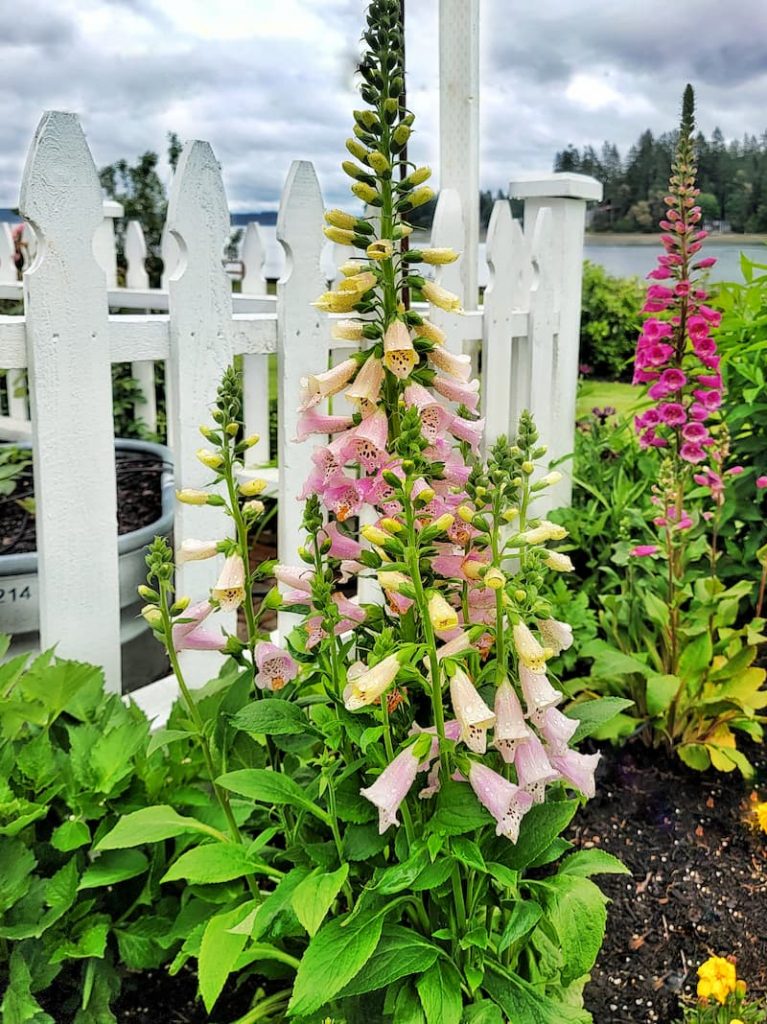
As an Amazon affiliate, I earn a commission from qualifying purchases at no additional cost to you. My blog also features other affiliate links for your convenience. Click here to read my privacy policy.
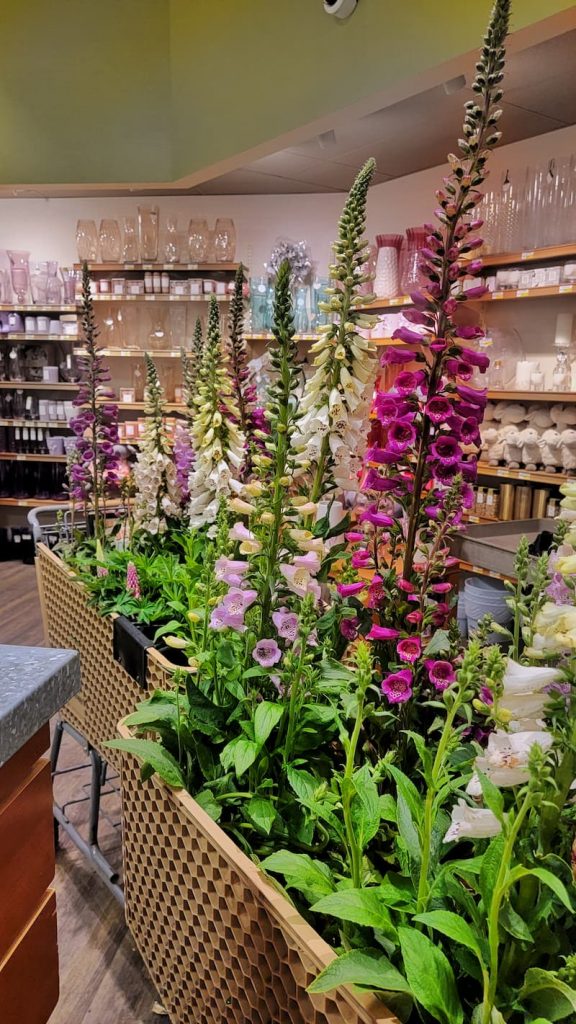
A couple of years ago, I was pleasantly surprised when I went to the grocery store and found a display of foxgloves just outside the doors.
I bought every last one of them. From what I remember, they were quite a deal.
I had never grown these plants in my garden because I was intimidated by them, especially because I heard they were a biennial flower, which I didn’t know much about.
After bringing home a cartload of foxgloves, I decided to do some research, seeking answers to all my questions about growing these biennial foxgloves in my garden.
Common Questions About How to Grow and Care for Foxgloves
1. What is the Best Location for Growing Foxgloves?

Foxgloves thrive in areas with full sun or partial shade, making them versatile in various gardens.
When choosing a location to grow foxglove, pick an area that receives sunlight in the morning and some shade during the hotter part of the day.
2. How Do I Sow Foxglove Seeds?
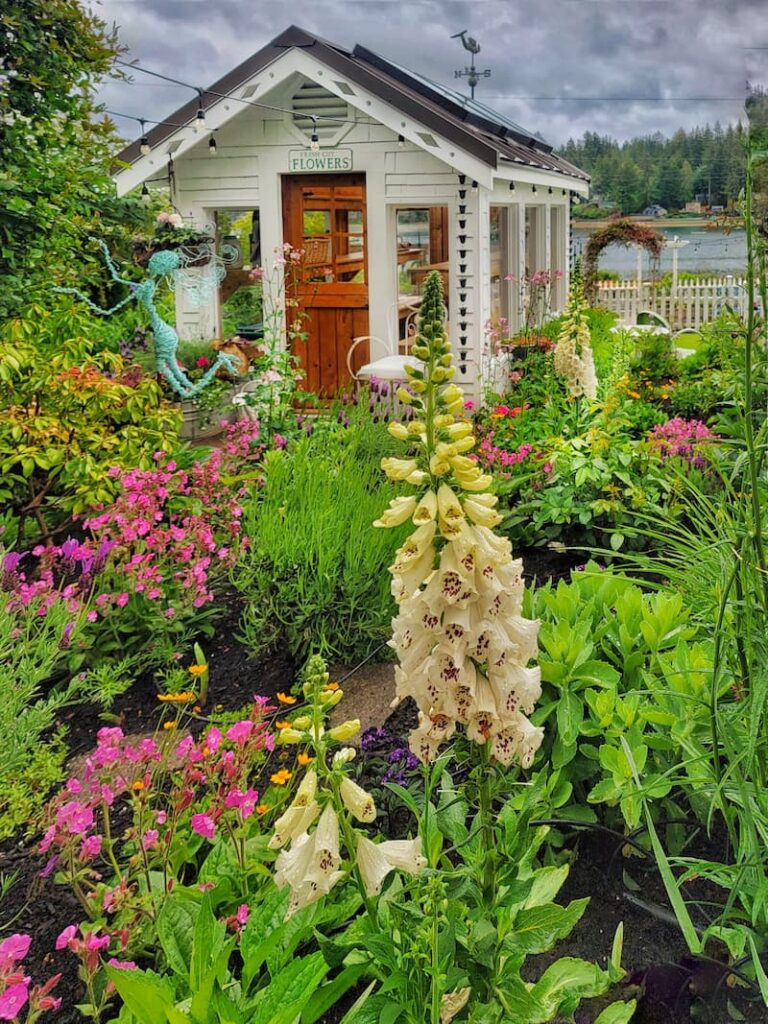
Sow foxglove seeds directly in the garden bed in late spring or early summer.
Lightly press the seeds into the prepared soil and cover them with a thin layer of fine soil. Keep the soil consistently moist throughout germination, which usually takes 2-3 weeks.
Remember, the plant will not flower until the following year.
3. When is the Best Time to Plant Foxglove Seeds?
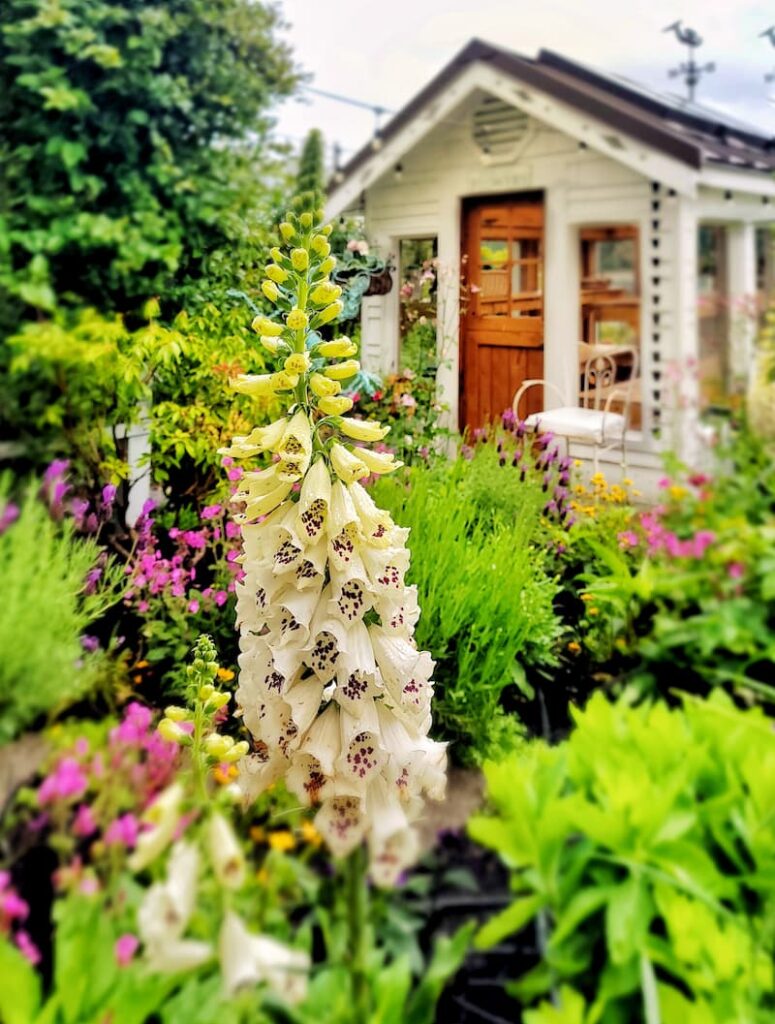
For early summer foxglove blooms, sow seeds in the previous year, during late spring or early summer.
This gives the seeds enough time to establish themselves and develop into sturdy plants that will flower the following year.
4. What Type of Soil Do Foxgloves Need?
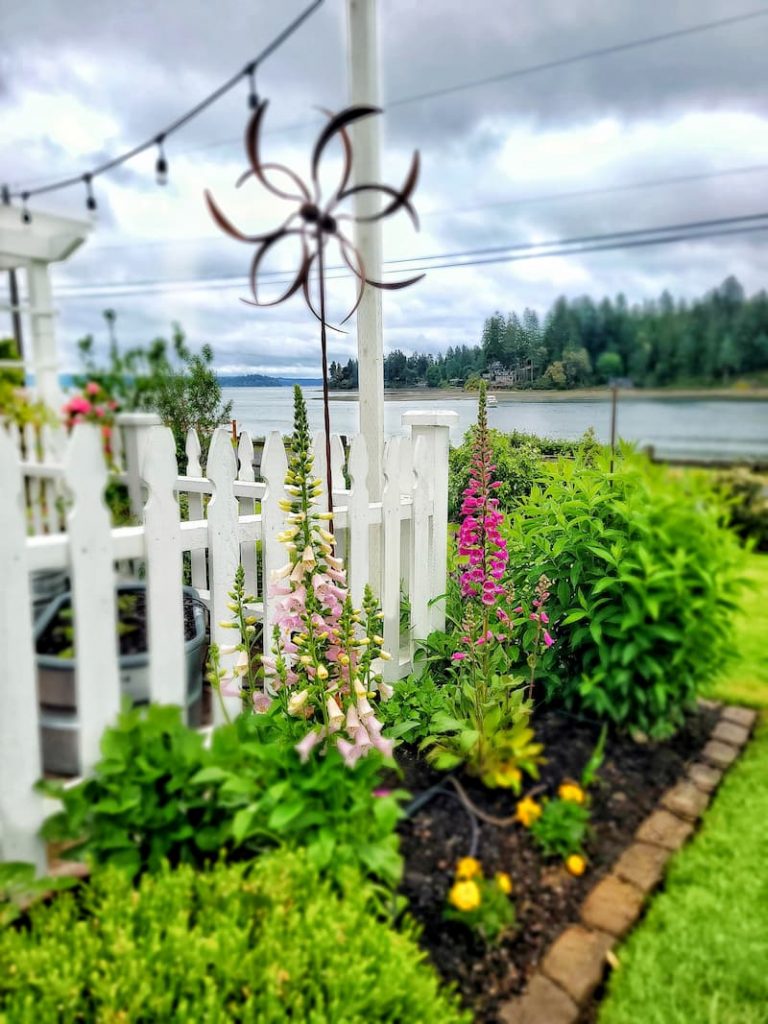
Foxgloves thrive in well-drained soil enriched with organic matter.
Before planting, prepare the soil by adding compost or well-rotted manure to improve its fertility and help retain moisture levels.
Avoid waterlogged areas; foxgloves prefer moist soil, but saturated conditions can cause root rot.
5. What Care Do Foxgloves Require During the Growing Season?
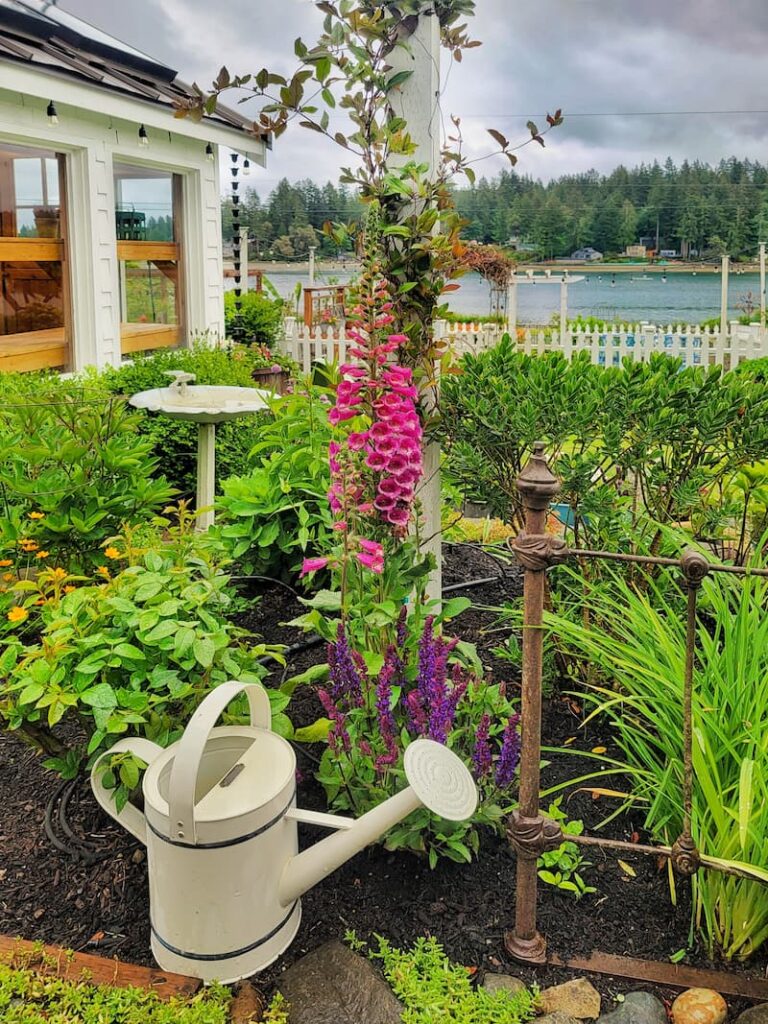
Once foxgloves are established, they require minimal care.
Water the plants regularly, especially during dry spells, to keep the soil evenly moist.
Mulching around the base of the plants is a good idea as it helps to conserve moisture and suppress weed growth. Apply a balanced organic fertilizer in early spring to promote healthy growth and strong bloom production.
6. Can I Expect Foxglove to Bloom in the Second Season?
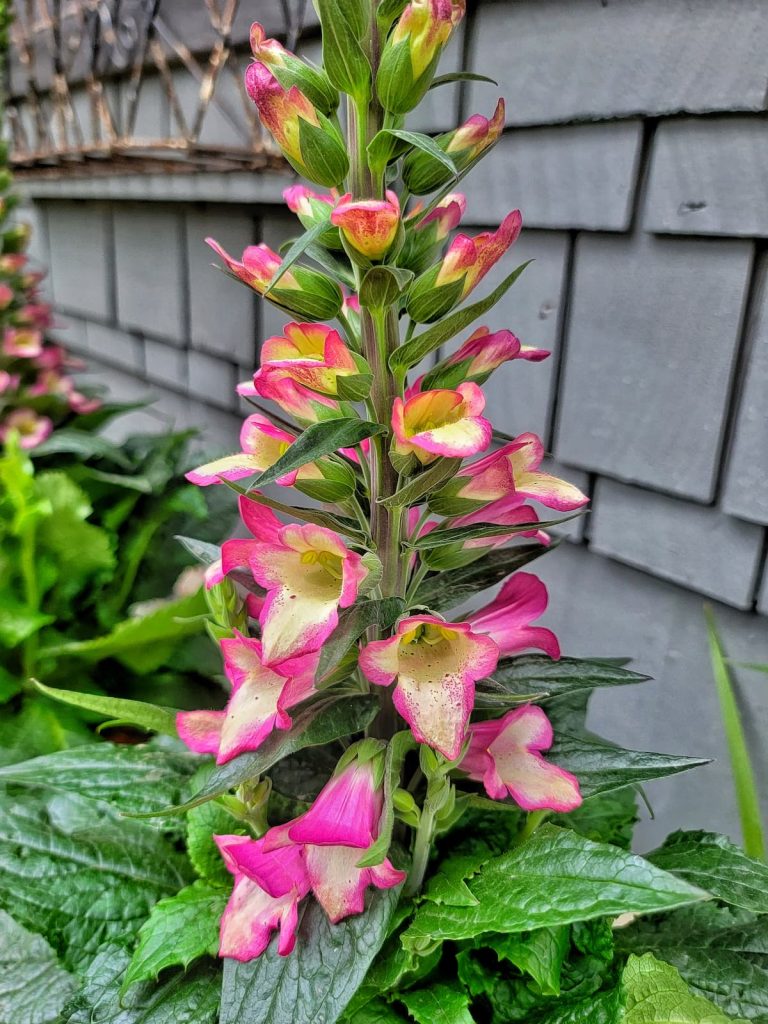
Yes, foxgloves are biennial flowers, meaning they complete their lifecycle over two years.
In their first year, they focus on vegetative growth, developing a rosette of leaves.
In the second season, they send up tall flower stalks with beautiful clusters of flowers. While the central flower spike tends to bloom first, secondary flower spikes may emerge later, providing a second flush of flowers in the growing season.
7. Are Foxgloves Poisonous?
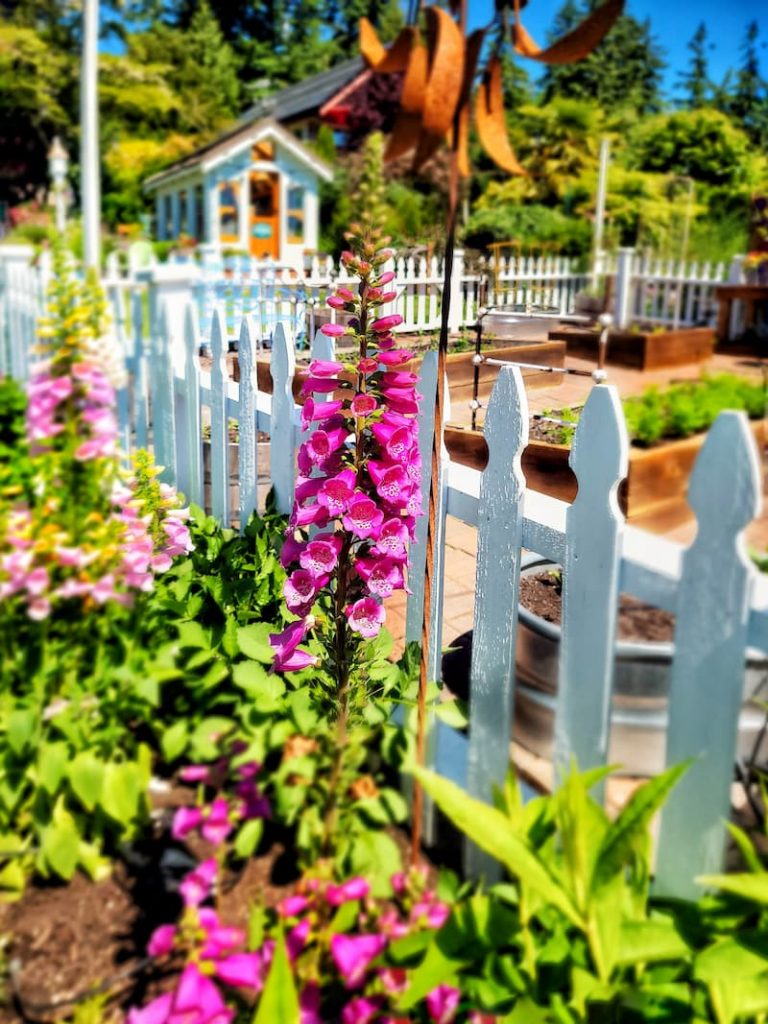
Yes, foxgloves are considered poisonous plants.
All parts of the plants contain digitalis, a toxic compound that affects the heart. It’s important to exercise caution and keep foxgloves out of reach of small children and pets.
It’s highly recommended that you wear gloves when handling this plant type.
Foxgloves are also known to have natural predators, such as deer and rabbits, who tend to avoid them due to their toxicity.
8. What are the Common Diseases or Issues That Affect Foxgloves?

Foxglove is generally a resilient garden plant but susceptible to certain diseases and pests. Powdery mildew, leaf spot, and aphid infestations are common issues to watch out for.
To prevent these problems, adequate air circulation should be provided by spacing plants properly and avoiding overhead water of the flower stalks and foliage, as wet leaves can promote disease development.
9. How Do I Extend the Lifespan of My Foxgloves?
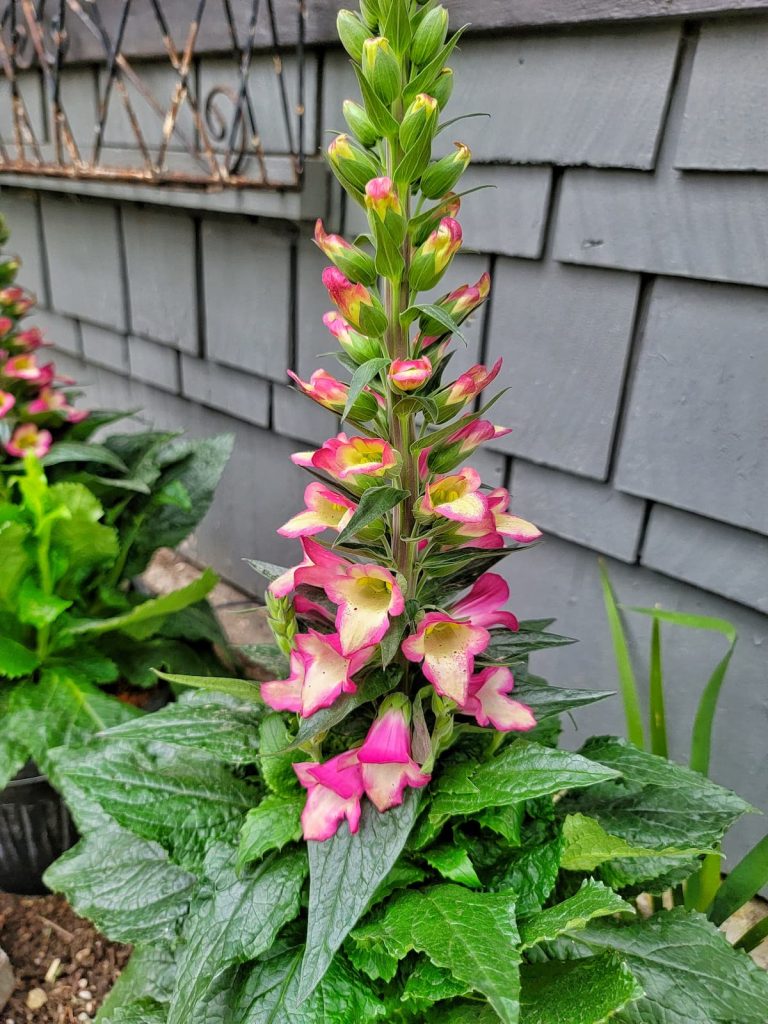
While foxgloves are technically biennials, you can encourage them to reseed and establish themselves for multiple years in your garden.
Allow a few of the flower heads to mature and produce seeds. These seeds will naturally disperse and germinate, giving you new foxglove plants for the next season.
This self-seeding process will bring you a continuous display of foxgloves in your flower garden.
10. Are There Different Varieties of Foxgloves To Choose From?
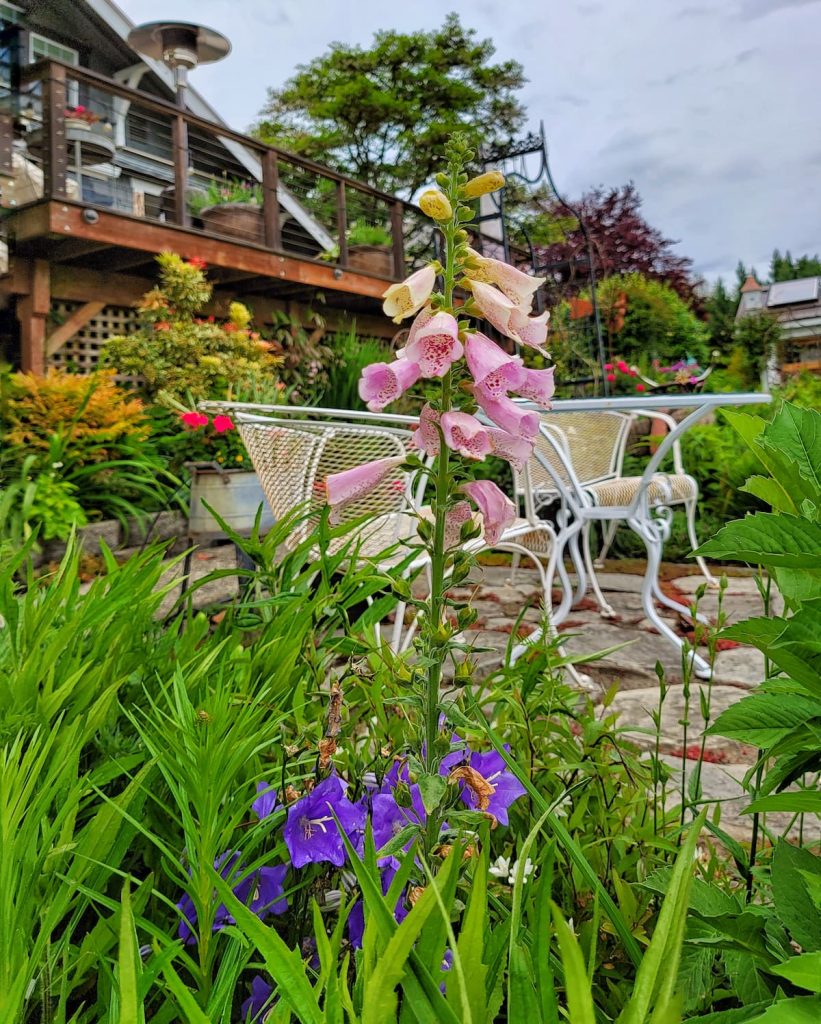
Yes, a wide range of foxglove varieties are available, with diverse colors and heights.
One popular variety is the purple foxglove (Digitalis purpurea), known for its striking deep purple blooms. Other biennial varieties come in shades of white, pink, and apricot.
Mixing different colors and heights will create a gorgeous cottage garden aesthetic.

With their tall flower spikes and charming tubular flowers, foxgloves are a charming addition to any flower garden.
You can enjoy these lovely flowers in your garden by providing the right growing conditions, such as well-drained soil enriched with organic matter and a balance of sun and shade.
Remember to sow the seeds in early summer for blooms the following year, and provide adequate foxglove care by watering, mulching, fertilizing, and controlling pests and diseases.

Final Thoughts
While foxgloves are poisonous and should be kept away from small children and pets, they also have natural predators that help deter deer and bunnies.
By allowing the plants to reseed, you can extend their presence in your garden and create beautiful displays year after year.
If you have any questions about growing and caring for foxgloves that I haven’t covered or have a message, I’d love to hear from you. Leave a comment below. Be sure to share this blog post link with anyone who may find these gardening tips useful.
Until next time,
Happy Gardening!

I’m a self-taught hobby gardener. Everything I share on my blog is my opinion and what has worked for me.
Follow Me for More Inspiration
Shop my Amazon Storefront, LTK sources, and my favorite home decor, garden, and lifestyle products. When you purchase from one of my links, I earn a small commission, which helps me continue sharing all the content you expect on my blog.
Be sure to follow me on Pinterest, Instagram, Facebook, TikTok and LIKEtoKNOW.it. Do you like gardening? Join my Facebook Gardening Tips & Tricks group.

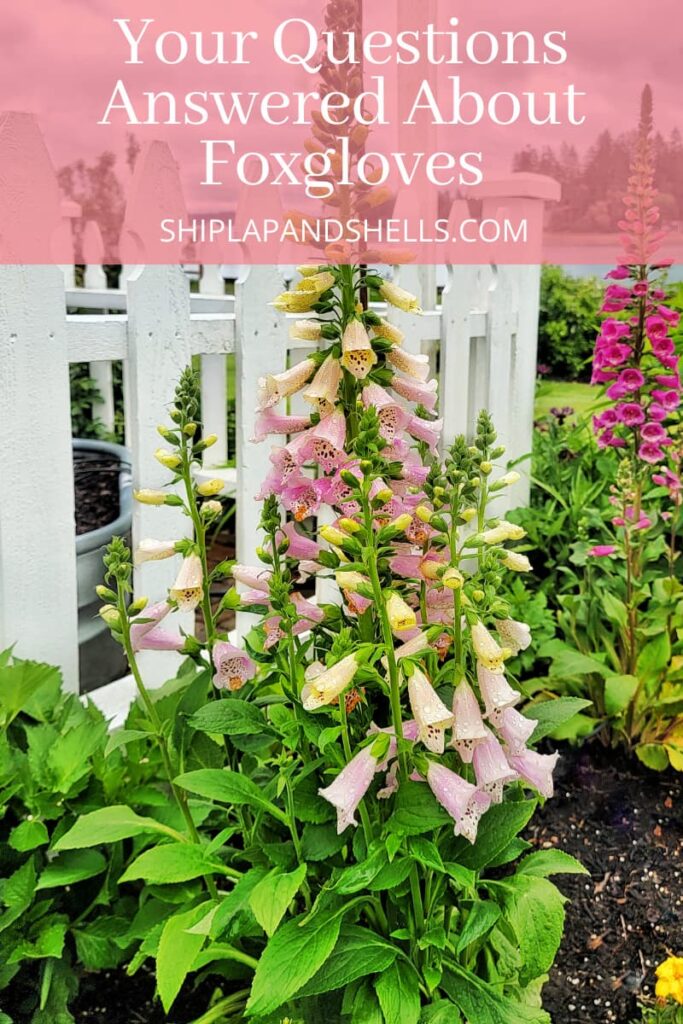


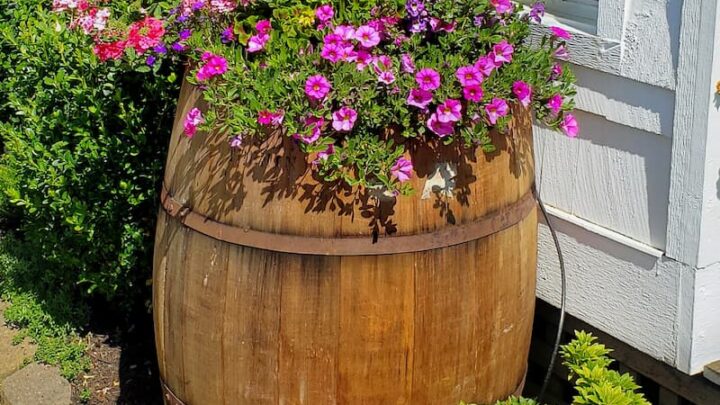
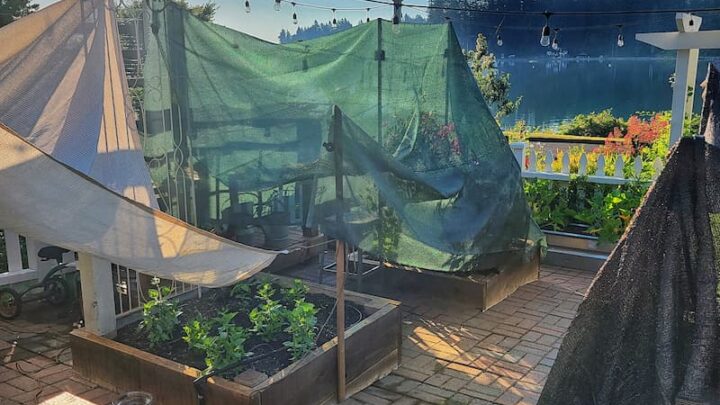
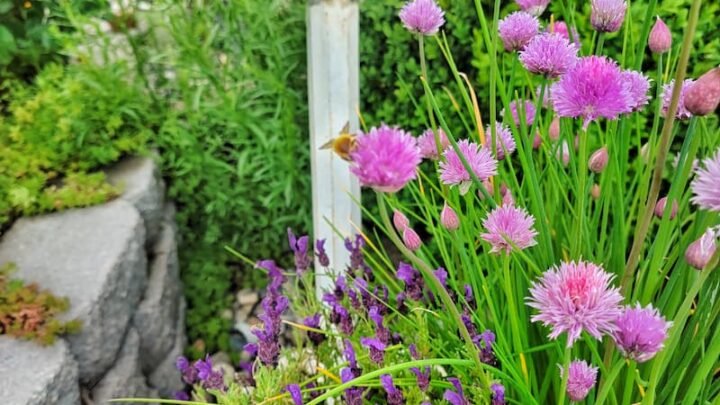
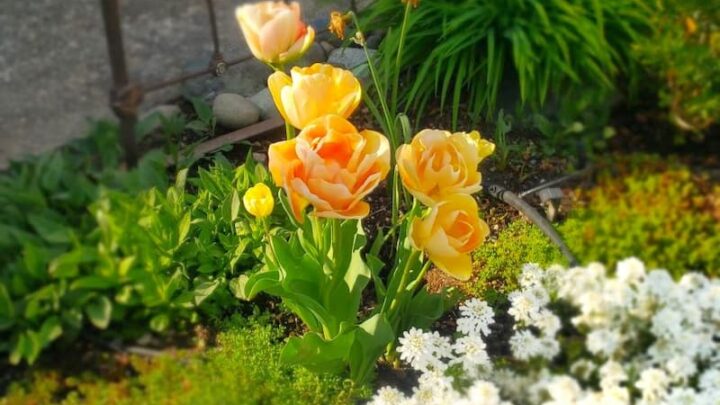
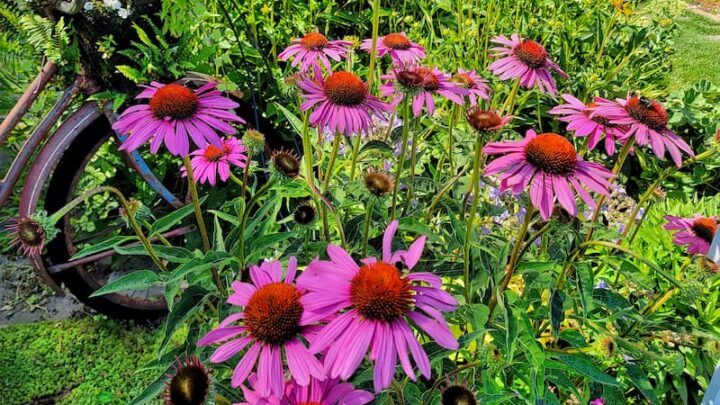

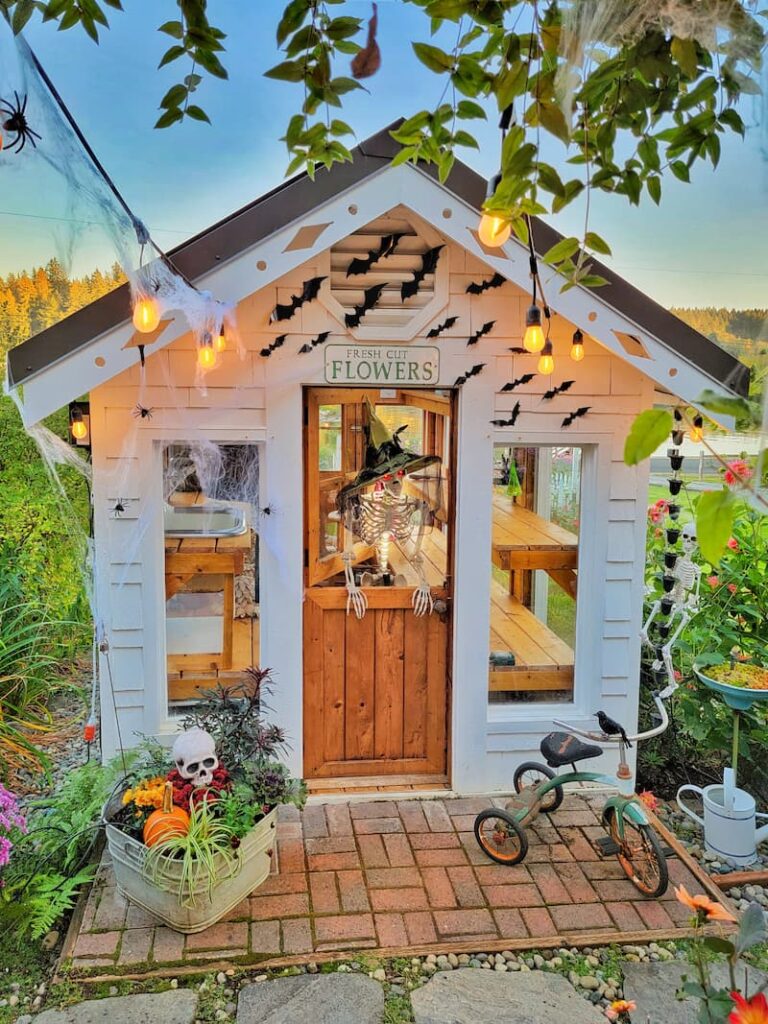
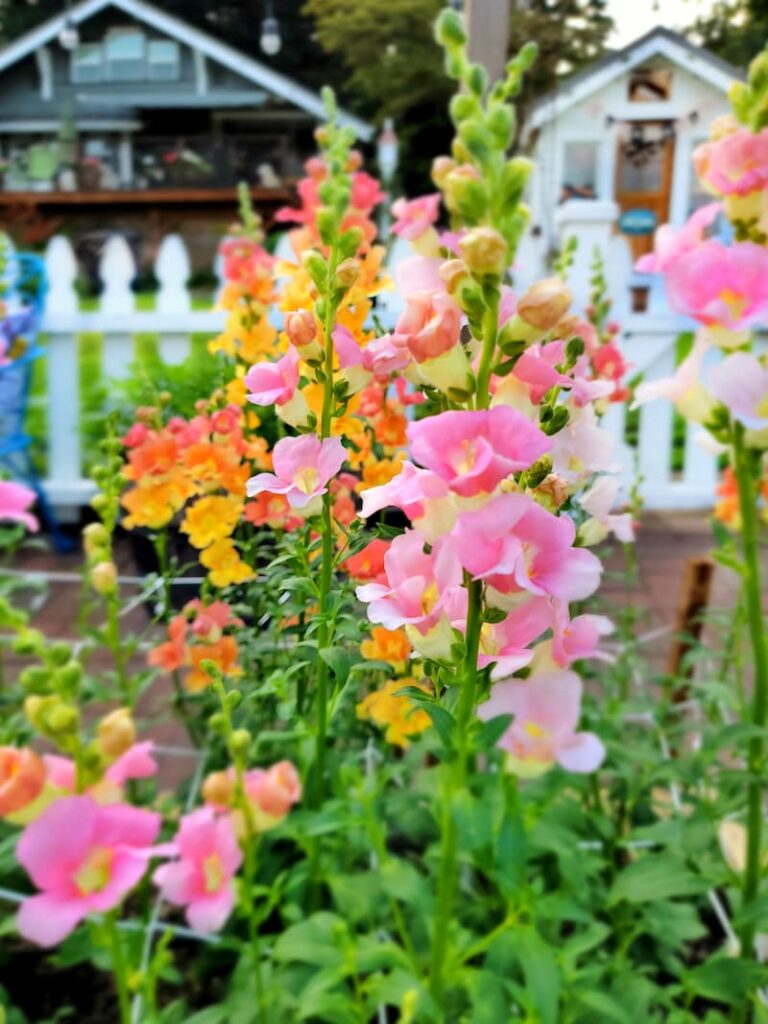
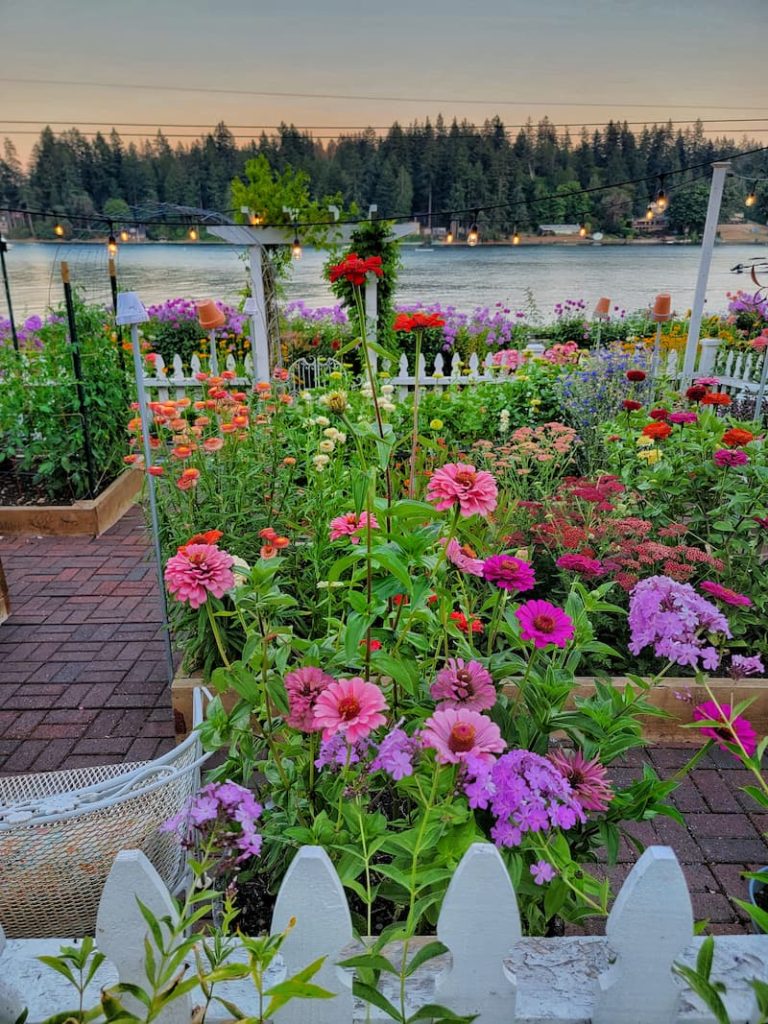

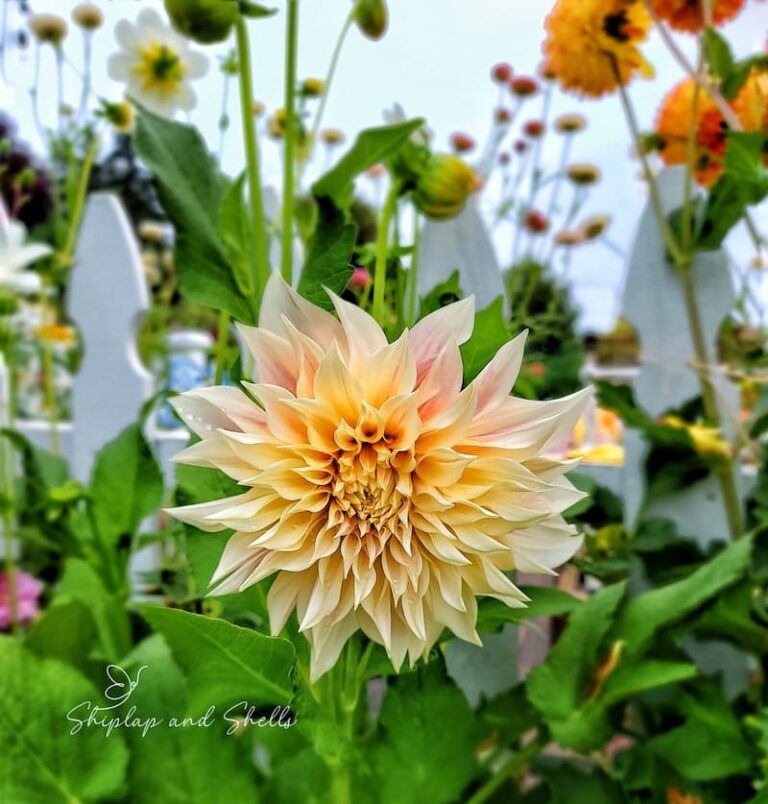

I have wild foxglove that I’m allowing to spread in a center island of our driveway. Although I want them to spread (naturally), I find the stalks so ugly after they have bloomed. At what time could I cut those stalks off and negatively affect seed distribution? In past years, I’ve run my hands down the stalks thinking I’m removing the seeds. Maybe that’s not the best thing to do to get them do spread seeds. Any advice welcome! BTW—this center island started off with a packet of Giant Shirleys so it’s possible some of my wild ones aren’t really wild.
Hi Julie, I completely agree with you about the stalks being ugly. Sadly, it takes several weeks after the flowers have bloomed before the seed pods are fully mature and dried so the flower stalks should probably stay until then. When the seed pods are dry and starting to open is when I gently shake the stalks to release the seeds on the ground. I love the Giant Shirley variety!
Great post kim! I just planted some here and hope they take!
I love foxgloves but I had NO IDEA they were poisonous to people and pets. Thanks so much for sharing that and for all these helpful tips. As always your garden is dreamy. I just love everything you plant and share. It lifts me up daily! Big hugs, CoCo